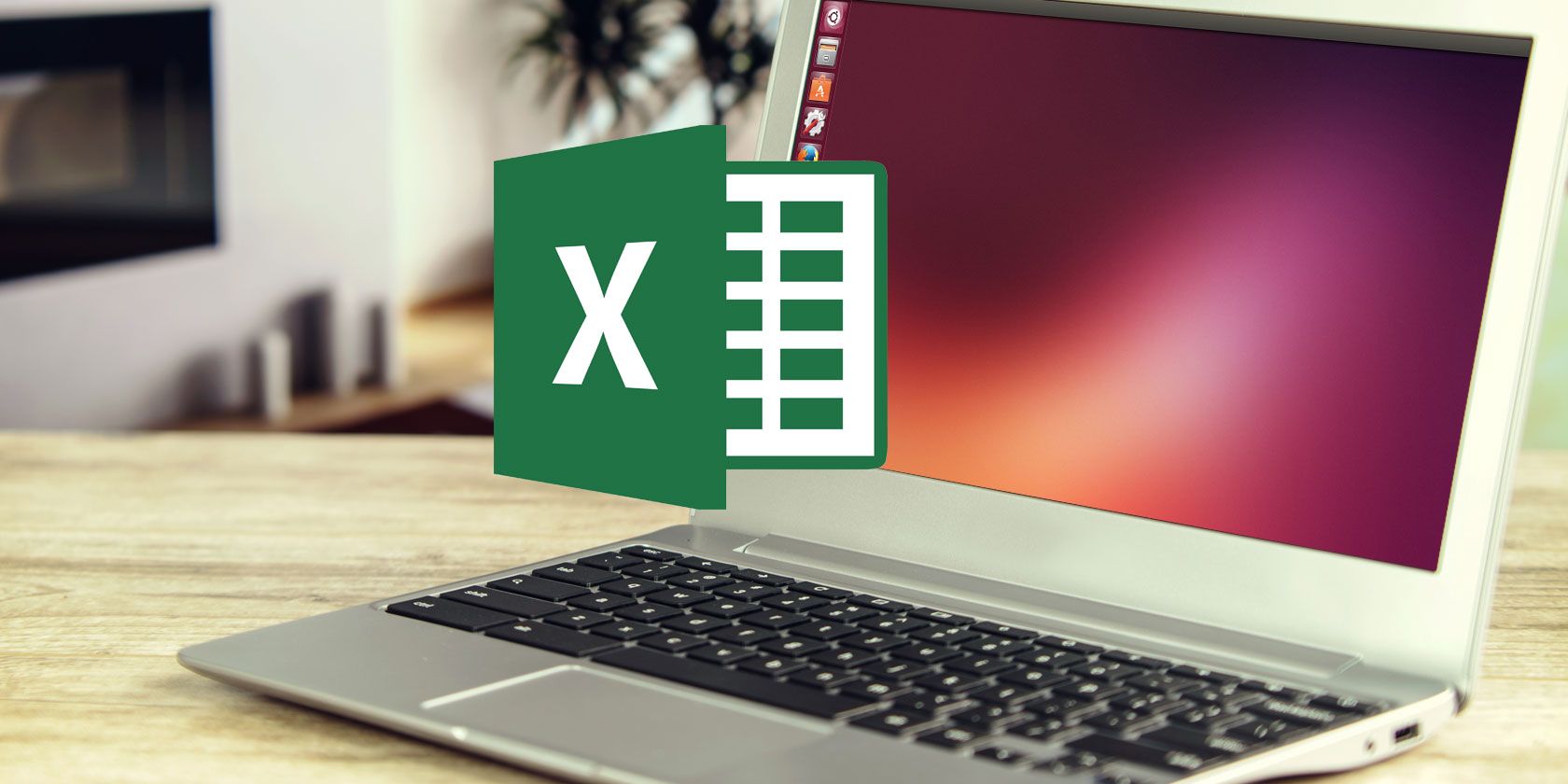

PrerequisitesĪn Intel-based Mac (2007 or later) with the latest Mac OS updates.Ī Microsoft Windows ISO image file with the license key.Ī blank USB flash drive (if you want to install the OS from an external drive).įree space on your HDD to install: 55 GB or more.īoot Camp is a technology that lets you install Windows as a bootable operating system on an Intel-based Mac computer. In this article you will learn about these two options, their pros and cons, and find out how to use them together. There are two ways to install Windows on your Mac computer: Boot Camp and Virtualization. After installation, your Mac computer will have two operating systems installed: Mac OS and Windows with the option to switch between them or launch Windows as a program on Mac OS. Updates work the same for Office on a Mac whether you have a Microsoft 365 (or Office 365) plan or you have a retail or volume licensed version.Install Windows on your Mac computer to run your favorite Windows applications that don’t have analog versions for Mac OS (e.g., iSpring Suite). For example, you might decide to deploy the updates for Word and PowerPoint now, but wait to update Excel until you've had the chance to test that the updated version of Excel works with your line-of-business applications. You can choose which apps you want to update. Instead, Microsoft provides a new app bundle of an app, such as Word, that includes all the updates. Individual security updates or other updates can't be downloaded and installed. For example, you can open Terminal and enter the following command: defaults write 2 HowToCheck -string 'Manual' If you decide to deploy updates by using your software distribution tools, you should configure Microsoft AutoUpdate to manually check for software updates. For example, you can set a deadline for when updates are required to be installed. If you want more control over MAU, you can use preferences.

By default, Microsoft AutoUpdate automatically checks for updates every 12 hours. To update Office on a Mac, a program named Microsoft AutoUpdate (MAU) is used. Manually download updates to your local network, and then use your software distribution tools to deploy the updates. You can do either of the following steps:Ĭonfigure Office for Mac to download updates automatically to users' devices, and then have the users install the updates themselves. Microsoft regularly publishes software updates to improve performance or security, and for Microsoft 365 (and Office 365) users, to update features.Īs an admin, you can choose how to download and install updates for Office on Mac devices in your organization. Applies to: Office for Mac, Office LTSC for Mac 2021, Office 2019 for Mac


 0 kommentar(er)
0 kommentar(er)
